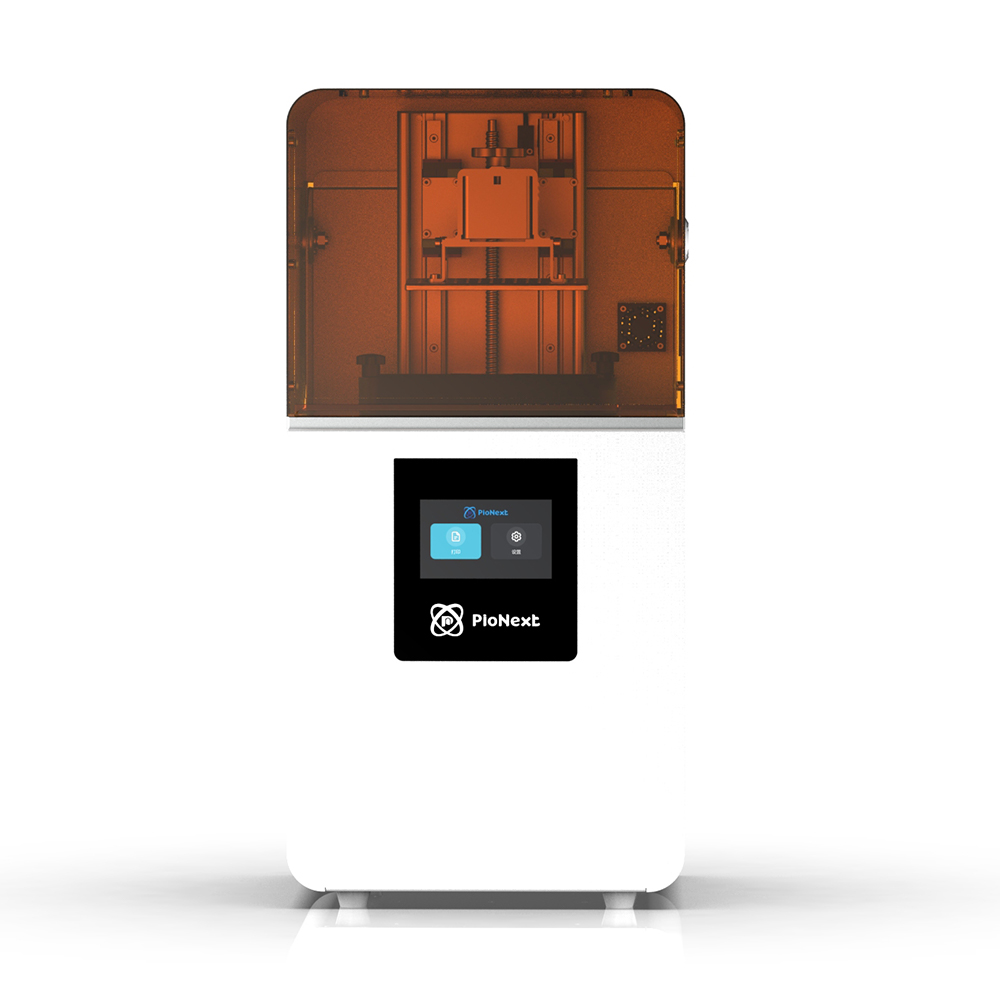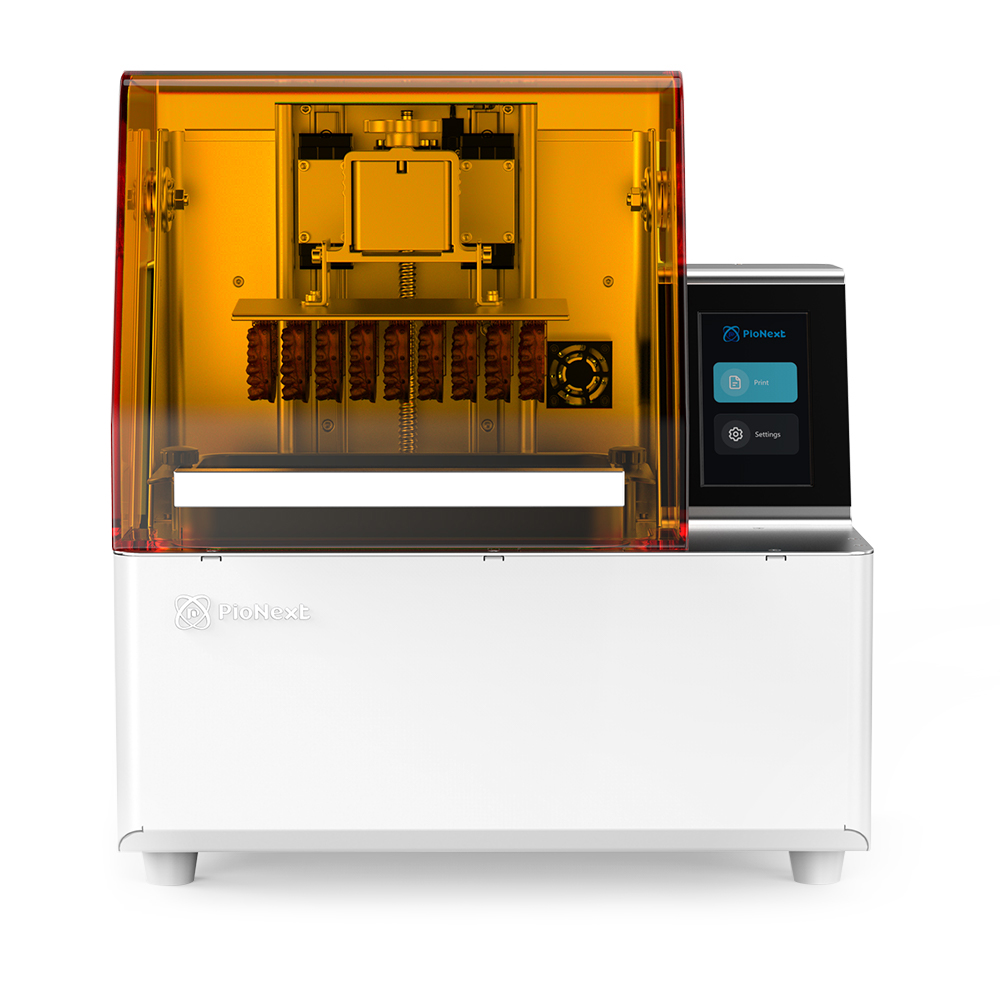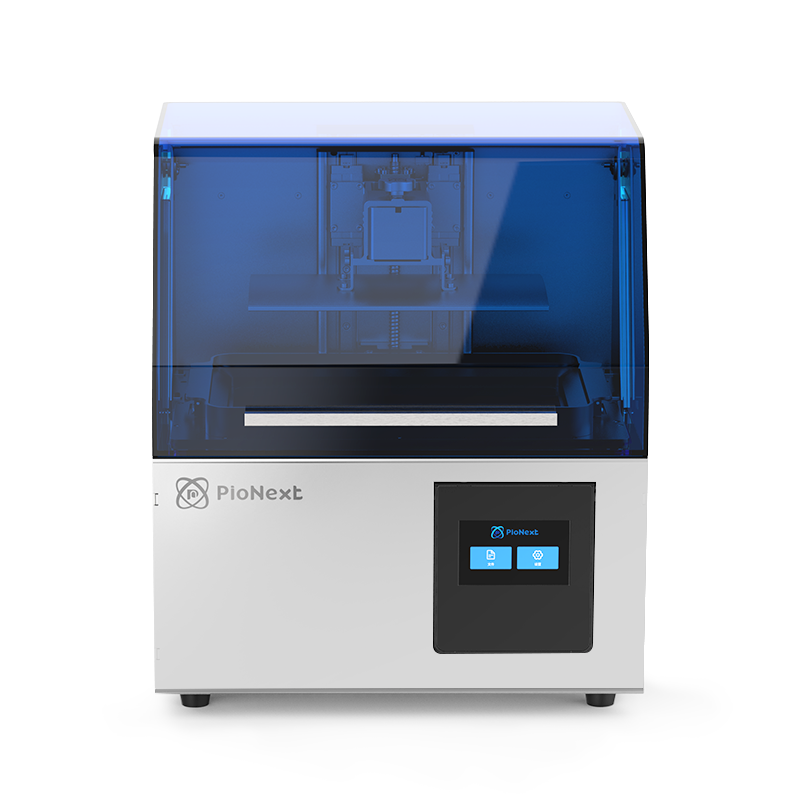It seems premature to say that
3D printed dentures are as good as our own teeth. This is not to say that there is no research to prove it. In any case, additional manufacturing has had a significant impact on improving the dental industry. In particular, 3D printing has become a powerful technology in the field of orthodontics. Dentists and their patients have benefited from 3D manufacturing replacing manual, time-consuming processes. Finally, make the whole treatment process more efficient and cheap.
The following are dental applications improved by 3D printing:
1. Dental bridge
2. Crown
3. Orthosis
4. Holder
5. Dental tray
6. Dental drill
Let's consider two main aspects of 3D printing: dental drill and orthodontic appliance to correct occlusion. Next, let's integrate the discussion and draw a conclusion.
How do we use 3D printing technology in the dental field?
The installation of implants is a complex process of drilling holes in the jaw and installing the dentures. Sometimes this requires expert skill. 3D printing dental drill can make this less risky and less painful.
Often, 3D models are designed on the basis of cone beam CT scanning results. After the model is successfully made, the characteristics of each person's jaw are also considered.
Then all tests are carried out on the test model, and then on the print model. 3D printed jaws can be used to test for correct compliance. In addition, it is made of materials certified for dental use.
Perfect smile brought by orthotics
The appliance is a solid plate made of polycarbonate to cover the teeth. It is basically similar to the tooth guard. Orthosis is one of the most outstanding achievements of using 3D printing. They replace efficient but unsightly braces. In addition, braces often require more maintenance, because you need a lot of time to clean every day. And the orthosis can be removed at any time.
Manufacturing method
Each orthosis needs to be worn for two weeks. Therefore, if 15 orthotics are required for the whole course of treatment, it will take nearly 30 weeks (nearly 210 days).
It should be said that the addition technology does not directly manufacture the orthotics. Instead, the 3D printed jaw is copied. Each bite has a difference of about 1.75mm. So the first jaw is almost the same as the original, and the last jaw is completely occluded. This means that each appliance is a little different - they "correct" your bite a little bit before it is completely corrected. So how does it do it? Let's take a brief look.
At first, an exquisite 3D model of the jaw was made on the basis of cone beam CT imaging. Then the technical experts manually complete the 3D model of the corrected occlusion. The software calculates the final changes at all stages (different jaws). Then print each 3D jaw and make it into an orthosis.



